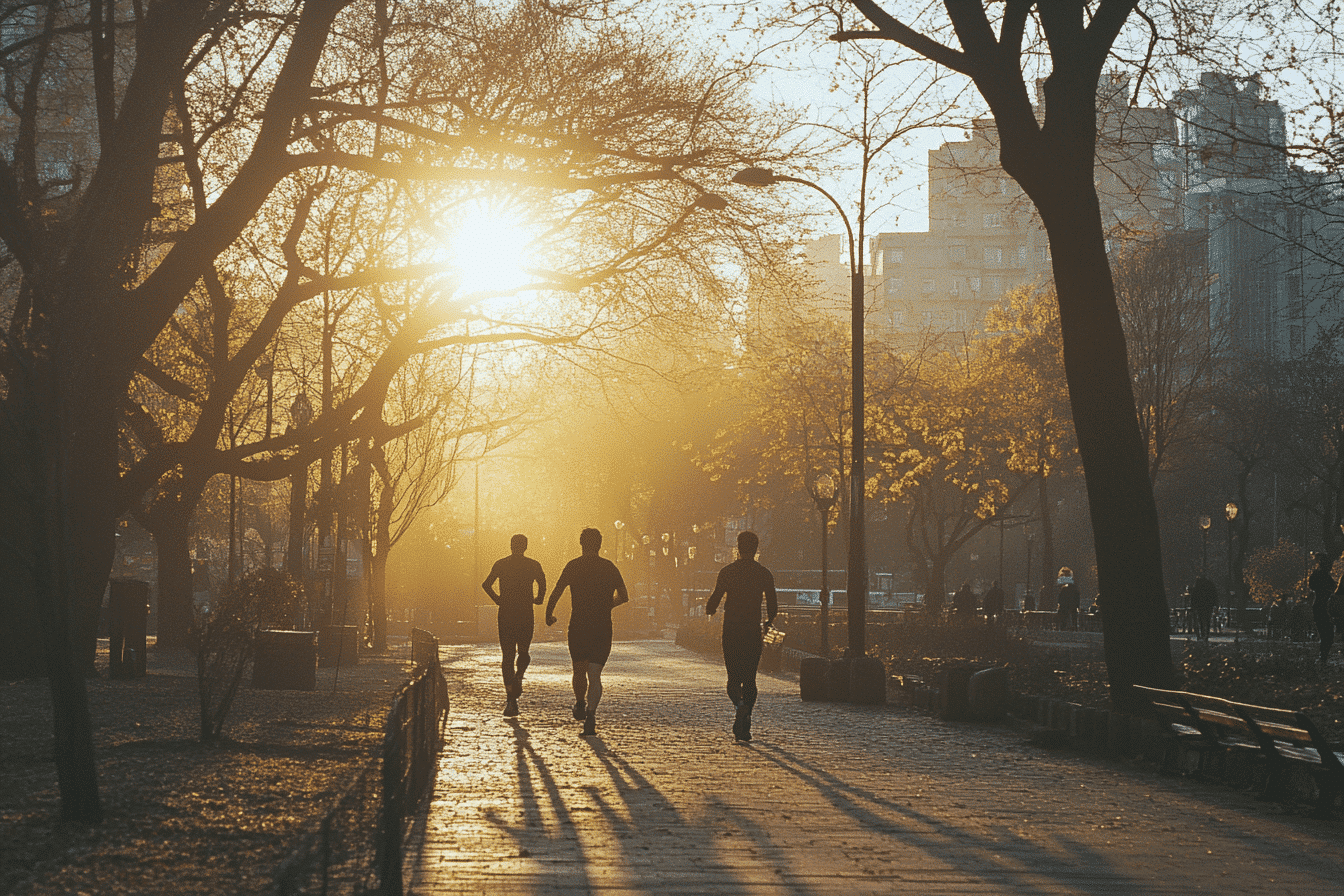A recent study by the World Health Organization (WHO) has identified a growing concern over physical inactivity, labeling it a “silent threat” and gaining traction both in Canada and worldwide. This alarming trend highlights the urgent need for increased awareness and action to address the rising levels of inactivity and its associated health risks.
Rising Levels of Inactivity Worldwide
Data from the study, published in The Lancet Global Health journal, reveals that over a third of the global adult population—31.3 percent, or approximately 1.8 billion people—did not meet the WHO’s recommended physical activity levels in 2022. This marks a significant increase from 2016 when 27.5 percent of the global population was insufficiently active. According to WHO guidelines, adults should engage in 150 minutes of moderate-intensity or 75 minutes of vigorous-intensity physical activity per week.
The trend in Canada is equally concerning. The study showed that 37.2 percent of Canadian adults were physically inactive in 2022, up from 31.1 percent in 2010 and 25.6 percent in 2000. The WHO predicts that if this trend continues, physical inactivity in Canada could reach 41.4 percent by 2030. “Unfortunately, the world is not going in the right direction,” said Ruediger Krech, WHO’s director of health promotion, during a virtual news conference.
The Global Impact of Physical Inactivity
The WHO study analyzed data from 197 countries and territories between 2000 and 2022, encompassing 507 surveys from 163 nations. It found that half of these countries, including Canada, have seen increasing trends in physical inactivity. “Physical inactivity is a silent threat to global health, contributing significantly to the burden of chronic diseases such as cardiovascular diseases, cancers, diabetes, or respiratory diseases,” Krech noted.
While 22 countries, primarily from Europe and the West Pacific region, are on track to meet the WHO’s global target of a 15 percent relative reduction in levels of physical inactivity by 2023, the overall global trend is off track. The head of the WHO’s physical activity unit, Fiona Bull, emphasized, “This is a wake-up call that we are not doing enough in nearly half the countries.”
Understanding the Decline in Physical Activity
Several factors contribute to the decline in physical activity worldwide. Women, on average, are less active than men by about five percentage points. High-income countries exhibit higher levels of inactivity than low-income countries, with the highest levels found in lower-middle-income nations.
Experts cite changing transportation patterns, more sedentary work models, and increased screen-based leisure activities as key reasons for the decline. “All of these trends combined with the changing environments in which we live, where there’s increasing car use, increasing pollution, and urban environments that are not conducive to being active, create conditions that do not enable physical activity,” Bull explained.
Strategies to Combat Physical Inactivity
Increasing physical activity is crucial in minimizing the risk of noncommunicable diseases and improving overall health. “Physical activity needs to be accessible, affordable, and enjoyable for all to significantly reduce the risk of non-communicable diseases and mental health conditions,” Krech emphasized. The WHO urges countries to implement policies that promote community sports, active recreation, and transportation options like walking and cycling.
Bull highlighted the importance of public open spaces where people can engage in formal and informal physical activities. Simple actions, such as setting daily reminders for short “exercise snacks” or integrating moderate activities like yard work and grocery shopping, can contribute to a more active lifestyle. “The best activity or exercise for any one person is that activity that they enjoy doing,” said Scott Lear, a professor of health sciences at Simon Fraser University.
The rise in physical inactivity is a pressing issue that demands immediate attention. By fostering environments that support active lifestyles and promoting accessible and enjoyable physical activities, we can combat this silent threat.




